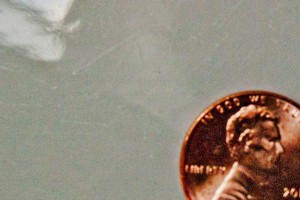 I recently did a profile of pension reform in the state of Rhode Island for InvestHedge magazine. The treasurer of Rhode Island, Gina Raimondo, was in Chicago to talk about the reform process, and she said that it included a defined contribution plan that was similar to a 401(k) plan, but with one huge difference: participants could neither withdraw money nor borrow against it until retirement. Otherwise, she said, it wouldn’t create retirement security.
I recently did a profile of pension reform in the state of Rhode Island for InvestHedge magazine. The treasurer of Rhode Island, Gina Raimondo, was in Chicago to talk about the reform process, and she said that it included a defined contribution plan that was similar to a 401(k) plan, but with one huge difference: participants could neither withdraw money nor borrow against it until retirement. Otherwise, she said, it wouldn’t create retirement security.
It was a brilliant point!
One of the easiest, best things you can do for your financial future is contribute to a retirement plan. If your employer offers a match, you should contribute at least enough to get that money, because that part of it free.
The rest of it, though, is not. A 401(k) is not to be touched until age 59 1/2; in most cases, any withdrawals before that will come with an additional 10% tax penalty on top of the income taxes that will be owed. Many plans allow people to borrow against a 401(k) plan for such things as the down payment on a house, but then the money isn’t set aside for retirement. Too many people quit their job, take their 401(k) rollover check, and then take a vacation or buy some fancy goods, reasoning that it’s free money!
When you take that money out, though, it is no longer available for retirement. And then you’ll be screwed.
My advice: when you get your retirement plan documentation, throw out all the information about hardship withdrawals, loans to purchase real estate, and cash-outs instead of rollovers. If you reach a situation where your choice is feeding your children or keeping your retirement plan, you can go to HR and find out your options. If you can still afford rice and beans, though, keep that money there.


